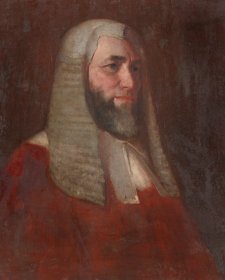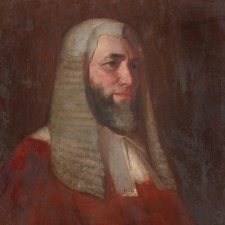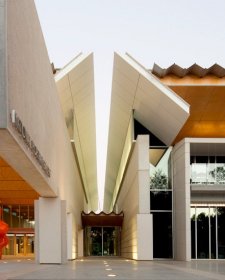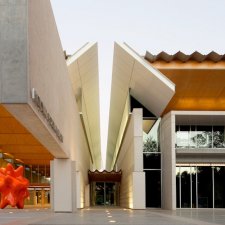- About us
- Support the Gallery
- Venue hire
- Publications
- Research library
- Organisation chart
- Employment
- Contact us
- Make a booking
- Onsite programs
- Online programs
- School visit information
- Learning resources
- Little Darlings
- Professional learning
Mary Windeyer (née Bolton, 1837–1912), women's rights campaigner, was the daughter of an Anglican minister who emigrated to New South Wales with his family in 1839. He was appointed to the Hunter Valley village of Hexham, close to Richard and Maria Windeyer's Tomago estate. In December 1857, Mary married the Windeyers' only child, William Charles, who encouraged her charitable work and political activities. Her energies initially were directed to causes relating to orphans and infant health, including the establishment of a foundling hospital (later the Ashfield Infants' Home) which subsequently became a home for destitute, unmarried mothers and their babies. Her friendship with Henry Parkes facilitated the passage of the State Children's Relief Act in 1881 and the establishment of a board (on which Mary served) to oversee the fostering of children from orphanages. Mary was also a leading campaigner on issues such as divorce law reform and increased employment opportunities for women. The inaugural president of the Womanhood Suffrage League of New South Wales (1891), she was a founder of the Women's Hospital, Darlinghurst; co-founder of the Women's College of the University of Sydney; and prominent in the Women's Christian Temperance Union. Following her husband's death in 1897 she resided at Tomago and died there at age 76.
Collection: National Portrait Gallery
Gift of the Windeyer family 2012
Mary Windeyer (age 43 in 1880)
Jim Windeyer (16 portraits)



On one level The Companion talks about the most famous and frontline Australians, but on another it tells us about ourselves.



Family affections are preserved in a fine selection of intimate portraits.



Visit us, learn with us, support us or work with us! Here’s a range of information about planning your visit, our history and more!